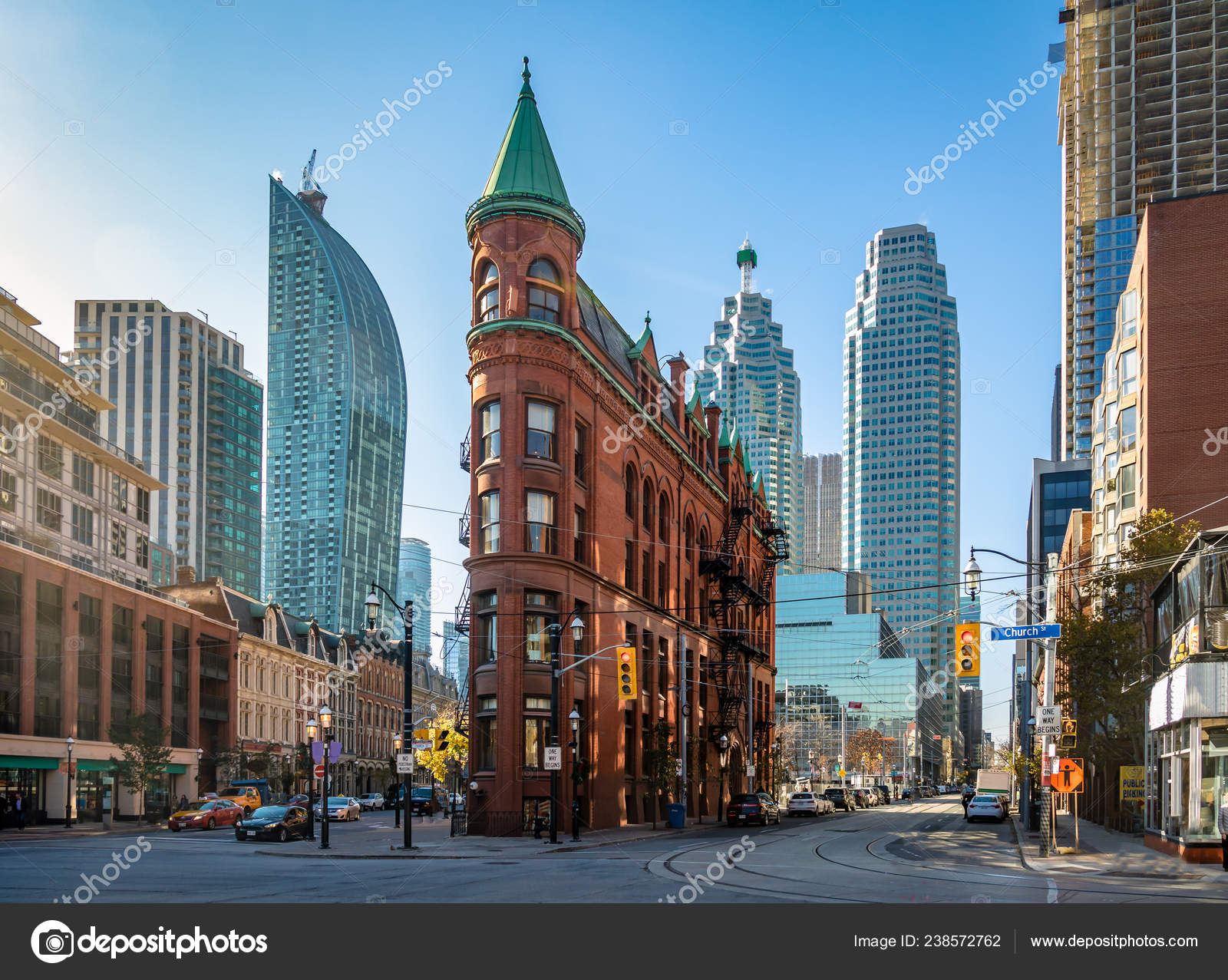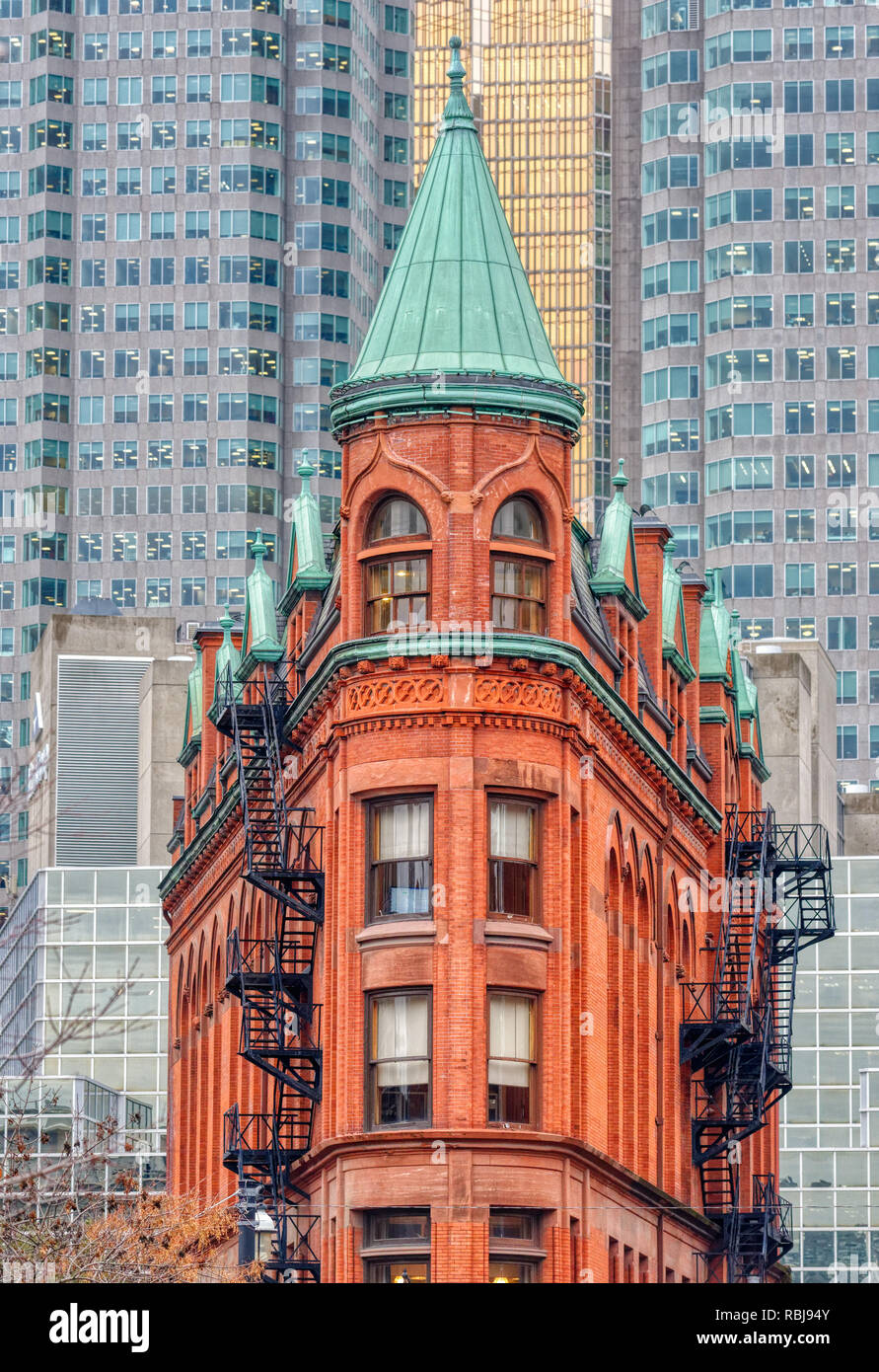Gooderham Building Entrance Fee: Details for Tourists About Costs.: How Weather and Nearby Attractions Can Make It Memorable.
Gooderham Building Entrance Fee: Details for Tourists About Costs.: How Weather and Nearby Attractions Can Make It Memorable.
Blog Article
Discover the Rich History Behind the Gooderham Building in Toronto
The Gooderham Structure, an exemplary manifestation of Richardsonian Romanesque design in Toronto, has a fabled past that extends beyond its striking red brick façade. Commissioned by the influential Gooderham and Worts distillery in 1891, this building has actually played an essential duty fit the metropolitan landscape of the St. Lawrence Market location. As we discover its beginnings, building relevance, and social influence, one can not help yet question how this spots proceeds to influence Toronto's identity and heritage. What keys lie within its wall surfaces that contribute to its long-lasting legacy?

Beginnings of the Gooderham Building
Creating a lasting tradition, the Gooderham Structure, additionally called the Flatiron Building, became a sign of Toronto's architectural advancement in the late 19th century. The structure's origins map back to 1891 when it was commissioned by the Gooderham and Worts distillery, among copyright's largest distilling companies. Designed by architect David Roberts Jr. Gooderham Building address., the framework was distinctively positioned at the intersection of Front and Wellington Streets, capitalizing on a triangular great deal created by the merging of these highways
The structure's building and construction used local red block and terracotta, developing an unique aesthetic that matched the expanding cityscape. Initially intended to house the Gooderham and Worts workplaces, the structure stood for the prosperity of the distillery, which had come to be a significant factor to Toronto's economy. Notably, the conclusion of the Gooderham Building accompanied a period of quick urbanization that identified the period.
The establishment of this architectural gem not only showcased ingenious style however additionally laid the groundwork for future advancements in Toronto. Today, it stands as a testament to the city's abundant background and versatility, remaining to attract visitors and admirers from around the world.
Architectural Significance
The architectural relevance of the Gooderham Structure extends beyond its unique flatiron form, showing the cutting-edge spirit of late 19th-century style. Finished in 1892, the structure exemplifies the Richardsonian Romanesque design, defined by its durable masonry, rounded arches, and complex describing. The bold usage of contrasting materials, specifically the warm red brick and sedimentary rock accents, enhances its visual charm and shows the workmanship of the age.
The structure's three-story layout is notable for its harmonious percentages and sophisticated cornice, which add to its iconic silhouette against the Toronto skyline. The narrow great deal on which it stands presented distinct difficulties, yet the architects, in this instance, made a framework that took full advantage of the offered space while maintaining visual equilibrium.
Furthermore, the Gooderham Building is a testament to the flexibility of architectural design in city environments. Its enduring visibility among modern advancements shows the value of protecting historic style as a way of recognizing a city's past. Today, it stays a precious landmark, showing both the building patterns of its time and the developing narrative of Toronto as a vibrant city facility.
Duty in Toronto's Development
Arising as an essential gamer in Toronto's city landscape, the Gooderham Structure contributed dramatically to the city's growth throughout the late 19th century. The structure was at first made to offer as a stockroom for the Gooderham and Worts distillery, which was one of the largest distilleries in the British Realm.
As the city expanded, the Gooderham Structure became an important component of the St. Lawrence Market area, which was a center of trade and commerce. In significance, the Gooderham Structure is not just an architectural landmark; it played a critical function in shaping Toronto's identity and financial development throughout a transformative duration in its background.
Social Influence and Heritage
Gooderham Building's unique building style and historical significance have actually left an enduring mark on Toronto's social landscape. As one of the city's most well-known sites, its one-of-a-kind flatiron form and intricate brickwork exhibit the Victorian building fads of the late 19th century. This framework not just acts as a visual support in the St. Lawrence neighborhood but additionally embodies the spirit of a growing city throughout a period of economic growth.
The building has actually ended up being a symbol of Toronto's abundant history, motivating neighborhood artists and professional photographers who seek to record its appeal. Its presence has cultivated a sense of click for more info community identification, adding to the narrative of city advancement. Moreover, the Gooderham Building has actually played a crucial duty in the tourism sector, bring in visitors anxious to explore its storied past and architectural beauty.
Along with its aesthetic allure, the structure encapsulates a narrative of durability and adjustment, as it has actually transitioned with various usages over the years - Gooderham Building address. Therefore, the Gooderham Structure stands not just as a monolith of architectural significance however additionally as a testament to the advancing cultural heritage of Toronto

Repair and Conservation Initiatives
Many reconstruction and preservation efforts have actually been taken on to ensure the Gooderham Structure stays a vital part of Toronto's building heritage. Originally completed in 1892, the structure has actually gone through significant restorations to resolve architectural issues while retaining its historic stability. The most notable reconstruction happened in the late 20th century when the building was meticulously reconditioned to meet modern-day safety and security requirements without compromising its original design components.
These efforts consisted of repairing the distinctive red-brick frontage, recovering the famous triangular form, and protecting the detailed masonry information. Additionally, the structure's interior has actually seen careful updates that appreciate its historical value, making sure that original functions such as wood beam of lights and attractive moldings are kept.
The Gooderham Structure is currently safeguarded as a designated heritage residential property under the Ontario Heritage Act, which helps safeguard it from inappropriate alterations. Neighborhood interaction has played a vital role in these preservation initiatives, with neighborhood advocacy teams increasing recognition about the building's historic relevance. Because of this, the Gooderham Building stands not just as a functional space however likewise as a testimony to Toronto's abundant architectural history and withstanding cultural heritage.
Final Thought

Please visit one of our local supporters - Https://therepairstore.ca/iphone-repair/
Report this page